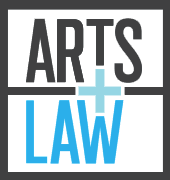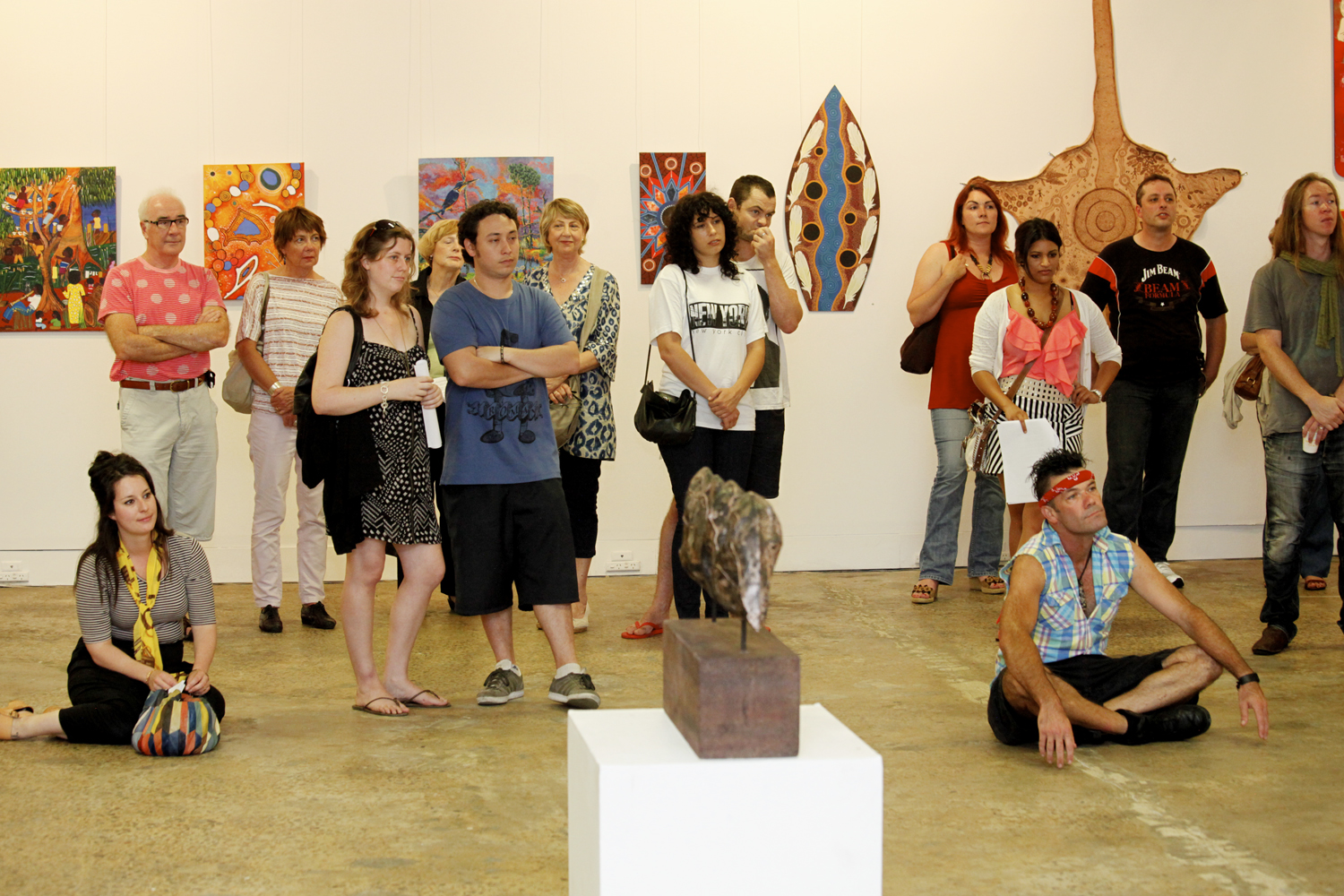Tattoos, Intellectual Property, and the Law
This information sheet provides guidance about the intersection between tattoos and intellectual property law. It will likely be of interest to tattooists, tattoo enthusiasts, and those who intend to use, record or recreate tattoos.
This information sheet offers general answers to frequently asked questions. Please seek legal advice for detailed advice tailored to your specific circumstances.
Tattoos and Copyright
Are tattoos protected by copyright law?
There are no Australian cases that directly address whether copyright law applies to tattoos. Nevertheless, it is widely accepted that copyright law automatically protects tattoos as a type of ‘artistic work’ when they are sufficiently original. In the United States, there have been a handful of tattoo copyright cases. In Whitmill v Warner Bros, that involved the alleged reproduction of the facial tattoo that tattooist S Victor Whitmill created for boxer Mike Tyson in a film, Judge Catherine Perry stated, “Of course tattoos can be copyrighted.”[i]
For a comprehensive overview of how copyright law applies to tattoos, please refer to the Australian Copyright Council’s fact sheet entitled “Tattoos & Copyright”.
When will a tattoo be an original copyright work?
Originality requires that the person who fixes an artistic work in its material form used independent intellectual effort to do so. To determine whether a specific tattoo is sufficiently original to be protected by copyright law, it is necessary to consider the circumstances in which the tattoo design was created.
The work of a tattooist varies on a daily basis. Three common scenarios include:
- Creating a tattoo from flash
Flash is a predesigned tattoo, often of common western tattoo imagery or motifs (eg hearts, anchors, skulls). Tattoo flash is often displayed on the walls of a tattoo studio or in a portfolio in the studio, from which customers can select a design. When a tattoo is created from flash, the tattooist is unlikely to have created a new copyright work. While tattooing flash involves labour and skill, this is not of itself the type of artistic effort that satisfies the originality threshold.
The ‘flash’ designs themselves may subsist in copyright when they meet the originality threshold. This means that if the tattooist created their own ‘flash’ designs that they offer to clients, they may own copyright in the underlying design.
- Creating a tattoo in response to a custom design brief
Tattooists frequently receive reference materials from clients, such as photographs showcasing specific styles or images featuring particular artistic or literary elements. They are then tasked with creating a design that seamlessly incorporates these requested features. The tattooist’s artistic choices are constrained by the brief and influenced by the consultation process, but their skill, labour, and effort fixes the tattoo design in its material form. When a custom tattoo is created in response to a design brief the tattooist is likely to have created a new copyright work.
- Creating a tattoo from a tattooist’s original artwork
Tattooists often attract large followings due to their skills as visual artists. When a tattooist exercises significant creative licence to design a unique tattoo, they are likely creating a new copyright work. This tattoo will typically easily meet the skill, labour and effort required to fulfil the originality criterion.
Who is the copyright owner of a tattoo?
When a copyright tattoo is created, the default copyright owner will be the “author” of the tattoo. This means the creator of the tattoo design; the person who reduced the design to its fixed expression. The tattooist will be the author of a copyright tattoo when they created the first line drawing of the final tattoo design, or when the design has been drawn freehand directly onto the skin. If they are the author, the tattooist will be the default copyright owner of this artistic work, unless they were working as an employee when the tattoo was created. In that instance, the copyright will be owned by their employer.
What rights does the tattoo wearer hold?
While the person who received the tattoo may feel that they “own” it as it is personal to their body, this is rarely the case. A tattoo wearer will only hold ownership rights, if they are an author of a tattoo or a contract grants those rights to them. Authorship could exist if the tattoo wearer created their tattoo design solo. Joint authorship could exist if the tattoo wearer collaborated so closely with the tattooist during the design process that their authorship contributions are not separate from each other.
However, it is most common that the tattooist will be the copyright owner as they are typically the person who has expended the relevant intellectual effort in fixing the tattoo in its material form. In these circumstances, the only intellectual property rights held by the tattoo wearer will be an implied licence to use the tattoo in the manner contemplated by the parties when they hired the tattooist (ie be photographed or appear in public with the tattoo visible).
How should tattooists manage client expectations around intellectual property?
As a service provider whose reputation is often central to their bookings, tattooists may wish to actively manage client expectations. While it is lawful for a tattooist who holds copyright to take and share photographs featuring the tattoo online or in a physical portfolio, or even commercialise the tattoo design, without first seeking the tattoo wearer’s permission—it is good practice to expressly address intellectual property ownership in written agreements and obtain consent for any reproductions or other uses (e.g., as part of social media campaigns).
Can a third party reproduce or make a recording of a copyright tattoo?
Any time a copyright tattoo is reproduced or recorded (e.g., photography, film) or images of it are publicly shared, it may be necessary for the user to get permission from the copyright owner. In the United States case of Alexander v. Take-Two Interactive Software, which involved multiple tattoos created for wrestler Randy Orton by tattooist Catherine Alexander, it was held that depicting copyright tattoos in a video game could be copyright infringing.[ii] A copyright licence should be sought for all intended uses of copyright artworks (unless a copyright exception applies).
Those who intend to reproduce or record a tattoo should also be aware that the author of the tattoo will also hold moral rights, including the right of attribution. It is common for tattooists to seek attribution when their tattoos are reproduced in specialist tattoo publications.
For more information on moral rights see the Arts Law information sheet, Moral Rights.
Tattooists and Intellectual Property infringement
Do tattoos that copy existing works infringe any intellectual property rights?
During the consultation process with clients, tattooists are routinely asked to copy existing visual artworks, celebrity tattoos, and other copyright works like song lyrics, in whole or in part. They may also be asked to tattoo logos or sports insignia, that may be trade marks.
Where a substantial part of an original copyright work is copied, a tattooist risks facing a copyright infringement claim. Minor alterations to the image are not enough to avoid liability, as copyright infringement can occur even without exact replication.
Tattooing a trade mark is unlikely to expose the tattooist to a trade mark infringement claim. This is because trade mark infringement requires that the trade mark is used as a trade mark (that is, as a brand) and that there is an element of consumer confusion. A personal tattoo is unlikely to satisfy either criteria—the tattoo is not being used in trade or commerce, and an association between the trademark and the tattoo is unlikely to confuse consumers.
How can a tattooist manage the risk of intellectual property infringement?
To manage the risk of intellectual property infringement, tattooists should include a clause in their written agreements that shifts the burden of infringement onto the prospective client. The language of the contract should provide that the client warrants that the work they want is original and that they take responsibility for any infringements of intellectual property which may arise from their tattoo.
Tattooists and ICIP considerations
Where a tattooist is asked to replicate or reproduce a work containing aspects of Aboriginal and Torres Strait Islander peoples’ traditional knowledge and cultural expressions, Indigenous Cultural and Intellectual Property (ICIP) issues can arise. A tattooist, who is Aboriginal or Torres Strait Islander, may also create a tattoo that forms part of the traditional knowledge and cultural expressions of their Aboriginal and Torres Strait Islander community.
ICIP refers to the extension of intellectual property protections to all aspects of Aboriginal and Torres Strait Islander peoples’ traditional knowledge and cultural expressions. ICIP can include contemporary and traditional artworks in various forms, motifs and symbols, and art styles. The unauthorised use of ICIP, including as a tattoo, without the express and informed consent of the knowledge holder and/or their community can violate Indigenous law, and cause cultural, economic, and spiritual harms.
Currently, Australian law does not recognise or specifically protect ICIP or ICIP rights beyond the protections offered to Indigenous creators under other areas of law like Copyright. It is the ethical responsibility of tattoo wearers, tattooists, and the public at large to ensure that ICIP is being honoured.
A more detailed overview of Australia’s approach to Indigenous Cultural and Intellectual Property can be found here.
What should a tattooist do if they suspect a requested tattoo design contains ICIP?
If approached to tattoo a design that is suspected to contain aspects of Aboriginal and Torres Strait Islander peoples’ traditional knowledge and cultural expressions, it is respectful to recommend that the client seek permission from the original artist (and where the artist indicates, their community).
It may be appropriate for the client to pay a licence fee to reproduce the work. In 2020, Copyright Agency successfully negotiated a licence in favour of Tiwi artist Chris Black, who consented to his artwork Jarrangini (Buffalo) being reproduced as a tattoo. See more here.
For more practical guidance for working with ICIP, see Creative Australia’s Protocols for using First Nations Cultural and Intellectual Property in the Arts.
Conclusion
Written agreements between tattooists and their clients typically address client consent to be tattooed and absolve the tattooist from legal and financial liability if an unforeseen incident or accident occurs. However, as copyright law protects original tattoos, written agreements should also address intellectual property considerations. Particularly, copyright ownership, the risk of intellectual property infringement, and permissions for photographs or recordings of the tattoo to be used for various purposes.
Tattooists should also be aware of ICIP and ICIP rights and promote respectful and responsible use of ICIP.
[i] see Transcript of Proceedings, Whitmill v Warner Bros. Entertainment (Eastern District Court of Missouri, Perry J, 24 May 2011) p. 3.
[ii] Alexander v. Take-Two Interactive Software, Inc., 489 F. Supp. 3d 812 (S.D. Ill. 2020). This finding was upheld on appeal in 2024, although the damages order was quashed.
Disclaimer
The information in this information sheet is general. It does not constitute, and should be not relied on as, legal advice. The Arts Law Centre of Australia (Arts Law) recommends seeking advice from a qualified lawyer on the legal issues affecting you before acting on any legal matter.
While Arts Law tries to ensure that the content of this information sheet is accurate, adequate or complete, it does not represent or warrant its accuracy, adequacy or completeness. Arts Law is not responsible for any loss suffered as a result of or in relation to the use of this information sheet. To the extent permitted by law, Arts Law excludes any liability, including any liability for negligence, for any loss, including indirect or consequential damages arising from or in relation to the use of this information sheet.
© Arts Law Centre of Australia
You may photocopy this information sheet for a non-profit purpose, provided you copy all of it, and you do not alter it in any way. Check you have the most recent version by contacting us on (02) 9356 2566 or tollfree outside Sydney on 1800 221 457.
The Arts Law Centre of Australia has been assisted by the Commonwealth Government through the Australia Council, its arts funding and advisory body.




